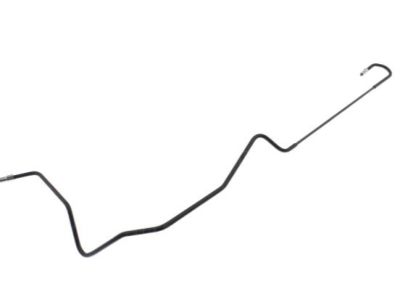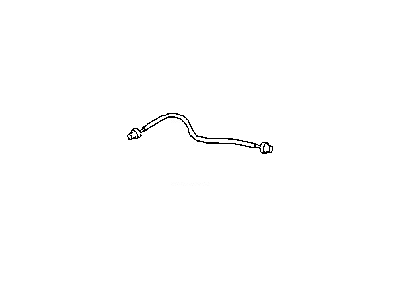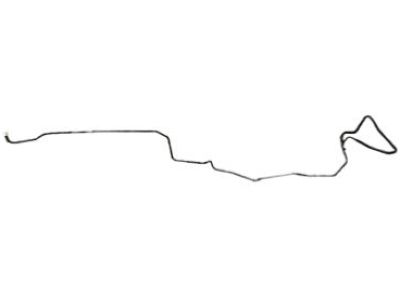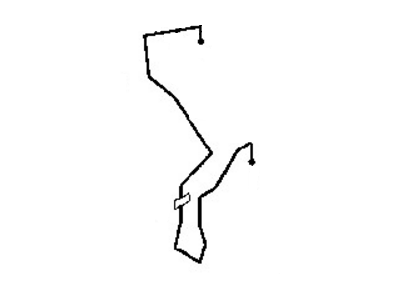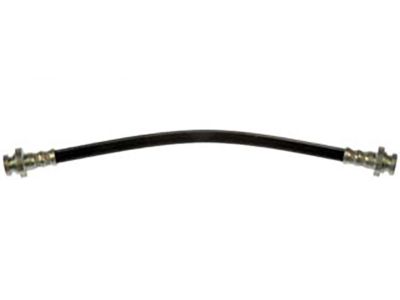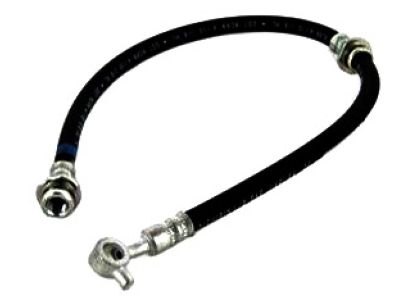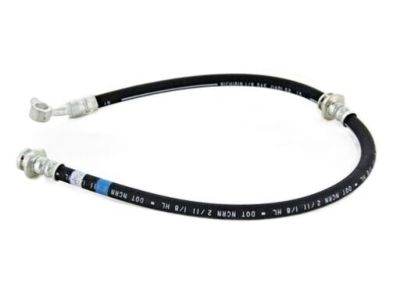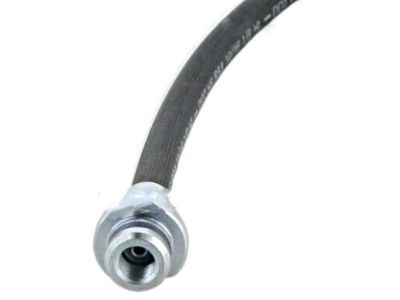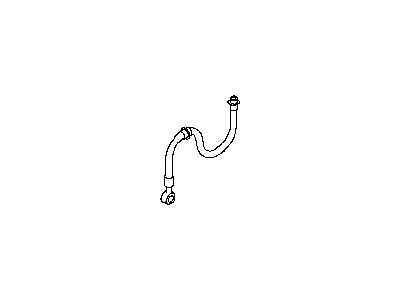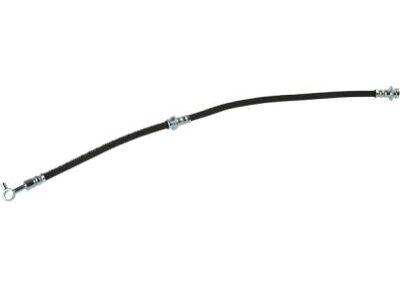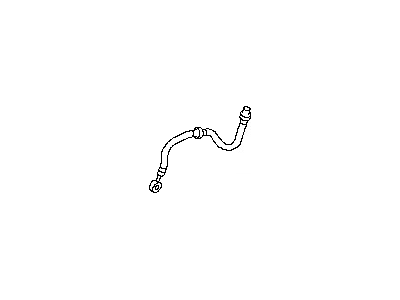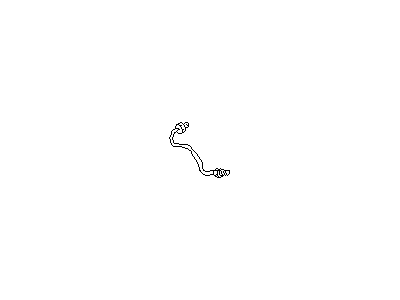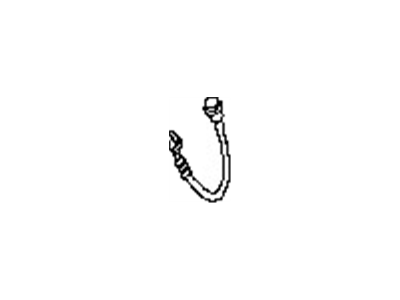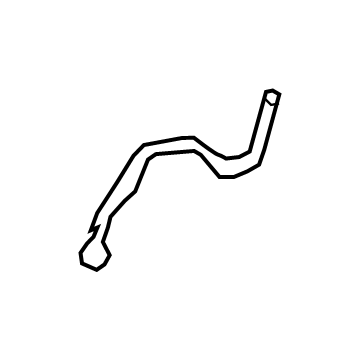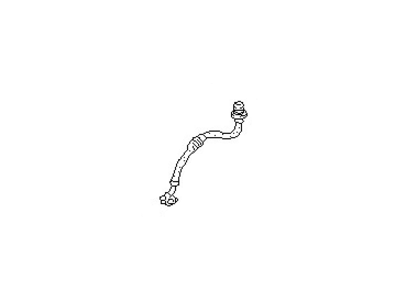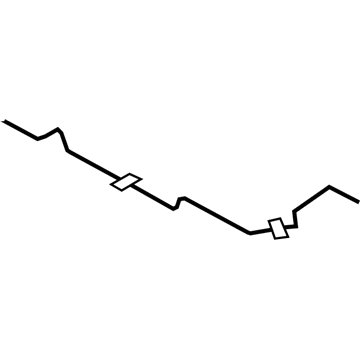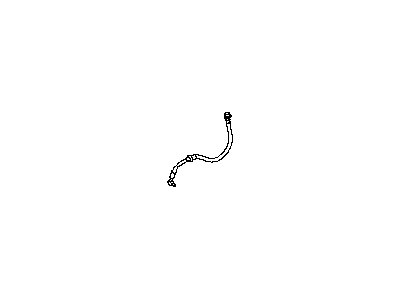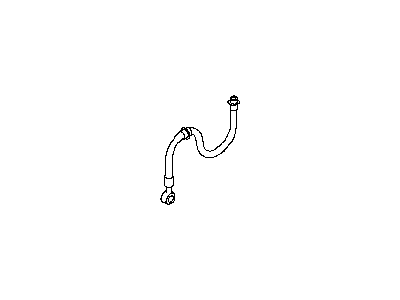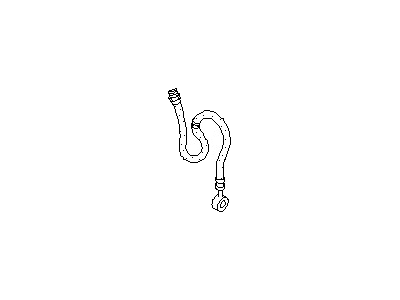×
- Hello
- Login or Register
- Quick Links
- Live Chat
- Track Order
- Parts Availability
- RMA
- Help Center
- Contact Us
- Shop for
- Nissan Parts
- Nissan Accessories

My Garage
My Account
Cart
Genuine Nissan Versa Brake Line
Brake Hose- Select Vehicle by Model
- Select Vehicle by VIN
Select Vehicle by Model
orMake
Model
Year
Select Vehicle by VIN
For the most accurate results, select vehicle by your VIN (Vehicle Identification Number).
31 Brake Lines found

Nissan Versa Tube Assy-Brake Rear,RH
Part Number: 46315-EM30A$21.26 MSRP: $30.80You Save: $9.54 (31%)Ships in 1-2 Business Days
Nissan Versa Tube Assy-Brake,Front LH
Part Number: 46242-3BA2A$23.26 MSRP: $33.68You Save: $10.42 (31%)Ships in 1-3 Business Days
Nissan Versa Hose Assy-Brake,Rear
Part Number: 46214-0M62E$25.86 MSRP: $37.47You Save: $11.61 (31%)Ships in 1-3 Business Days
Nissan Versa Hose Assy-Brake,Front
Part Number: 46210-EM01A$47.83 MSRP: $69.27You Save: $21.44 (31%)Ships in 1-3 Business Days
Nissan Versa Hose Assy-Brake,Front
Part Number: 46210-EM01B$57.93 MSRP: $78.30You Save: $20.37 (27%)Ships in 1-3 Business Days
Nissan Versa Hose Assy-Brake,Front
Part Number: 46210-EM00A$47.83 MSRP: $69.27You Save: $21.44 (31%)Ships in 1-3 Business DaysNissan Versa Tube Assy-Brake Rear,LH
Part Number: 46316-EM30A$21.26 MSRP: $30.80You Save: $9.54 (31%)Ships in 1-2 Business DaysNissan Versa Hose Assy-Brake,Rear
Part Number: 46210-1HK5A$14.01 MSRP: $20.30You Save: $6.29 (31%)Ships in 1-3 Business DaysNissan Versa Hose Assy-Brake,Rear
Part Number: 46214-0M614$25.86 MSRP: $37.47You Save: $11.61 (31%)Ships in 1-3 Business DaysNissan Versa Hose Assy-Brake,Front
Part Number: 46211-5EE0A$34.03 MSRP: $49.28You Save: $15.25 (31%)Ships in 1-3 Business DaysNissan Versa Hose Assy-Brake,Front
Part Number: 46210-1HK0A$42.15 MSRP: $61.03You Save: $18.88 (31%)Ships in 1-3 Business DaysNissan Versa Tube Assy-Brake,Front RH
Part Number: 46240-3BA2A$13.62 MSRP: $19.73You Save: $6.11 (31%)Ships in 1-3 Business DaysNissan Versa Hose Assy-Brake,Rear
Part Number: 46210-5RB5A$6.83 MSRP: $9.90You Save: $3.07 (32%)Ships in 1-3 Business DaysNissan Versa Tube Assy-Brake Rear,RH
Part Number: 46315-1HK0A$8.19 MSRP: $11.85You Save: $3.66 (31%)Ships in 1-3 Business DaysNissan Versa Tube Assy-Brake Rear,LH
Part Number: 46316-1HK0A$8.37 MSRP: $12.13You Save: $3.76 (31%)Ships in 1-3 Business DaysNissan Versa Hose Assy-Brake,Front
Part Number: 46210-5EE0B$33.69 MSRP: $48.80You Save: $15.11 (31%)Ships in 1-3 Business DaysNissan Versa Hose Assy-Brake,Front
Part Number: 46211-1HK0A$42.15 MSRP: $61.03You Save: $18.88 (31%)Ships in 1-3 Business DaysNissan Versa Hose Assy-Brake,Front
Part Number: 46210-EM00B$57.93 MSRP: $78.30You Save: $20.37 (27%)Ships in 1-3 Business Days
| Page 1 of 2 |Next >
1-20 of 31 Results
Nissan Versa Brake Line
If you need any OEM Nissan Versa Brake Line, feel free to choose them out of our huge selection of genuine Nissan Versa Brake Line. All our parts are offered at unbeatable prices and are supported by the manufacturer's warranty. In addition, we offer quick shipping to have your parts delivered to your door step in a matter of days.
Nissan Versa Brake Line Parts Questions & Experts Answers
- Q: How often should you inspect the flexible hoses connecting the steel brake lines to the brake assemblies, and what steps should you follow to replace them on Nissan Versa?A:With the vehicle off the ground and properly supported by jackstands, as you prepare for an under car inspection approximately every 6 months, take some time to search for any cracks, chafing, leaks, blisters or any other signs of damage for the flexible hoses that should connect the steel brake lines with the front and rear brake assemblies because these are parts of the brake system. A light and mirror will help check and any hose that displays the early signs of wear should be replaced. To replace brake hoses, acquire the vehicle, remove the wheel if necessary and unscrew the wheel lug nuts, while adding the knowledge that rear brake hoses do not need a wheel to be removed. Remove the brake line fitting from the hose at the bracket; the nuts should not be over-tightened as this will cause rounded corners; then, locate and unhook the U-clip. On the end of the caliper, you need to unbolt the banjo bolt and Unscrew the hose besides doubling the two sealing washers. For front brake hoses, remove the U-clip by pulling back the retaining tab which will disengage it & release the clip, and then disconnect the hose from the strut bracket. To re route the new hose, pass the caliper fitting end through the strut bracket, tighten the banjo bolt using the banjo and sealing washers provided to connect the hose to the caliper More so, the hose should not be twisted. Regress the hose into the frame bracket and then take the brake line fitting and insert it, put the U-clip in place and then tighten the fitting. After the installation on the vehicle is completed, check and replenish the master cylinder fluid level, and then bleed the brake system followed by a very cautious examination of the brakes. When replacing metal brake lines, use the right steel parts and do not use copper tubing, prefabricated brake lines are available in auto part stores. Make sure the new line is properly supported and it is not close to any moving or hot part of the system.
